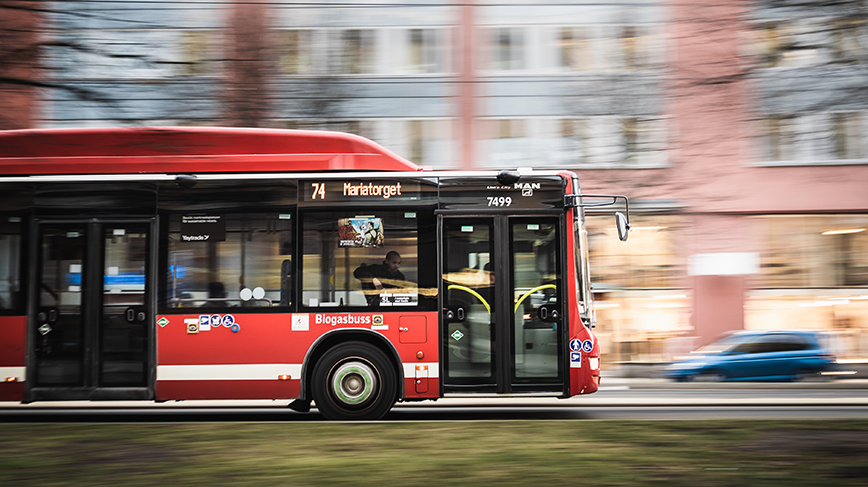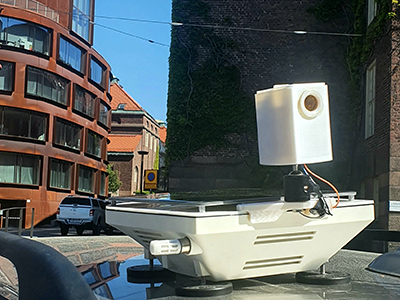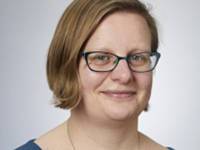Sensors on buses measure city air quality
Senseable Stockholm Lab

By installing sensors on moving vehicles researchers can measure the air quality at street level in real time in a totally new way.
“Air borne pollutants, humidity, heat and noise all affect the well-being of city residents to a great extent. We are talking of readings that vary hyperlocally but that have been difficult to obtain up to now,” says Sara Borgström, Coordinator of Senseable Stockholm Lab.
During the pandemic the Senseable Stockholm Lab building has been silent and empty. The idea had been for researchers from the Senseable City Lab at MIT Massachusetts Institute of Technology to join forces there with KTH researchers and employees from the City of Stockholm.
Large volumes of data that have been collected with new technology were to be combined and analysed in new ways, to create an even better understanding of the environment in Stockholm and support smarter decision-making.

Now, all this work is being done remotely instead, coordinator
Sara Borgström
, explains, who is in almost daily contact with colleagues at the City of Stockholm and MIT researchers.
Intensive research is in progress in four projects, that have been adapted for the new circumstances to now also collect data on how the city is working during a pandemic.
One of the projects,
the Sensing Platform
, has now reached the stage where it is time to evaluate the data collected during a pilot study in autumn 2020, via a specially designed, solar powered sensor.
The sensor was used on bus route 72 in Stockholm, to measure air pollution, humidity and temperature.
“It will be exciting to see how good the data results are, what analyses and visualisations can be done, and how we can scale up the project by placing sensors on several different types of vehicles in the city,” says Borgström.
The research group at MIT have fitted sensors to buses, refuse collection trucks and taxis in Boston and other locations.
They are interested in testing sensors in several different cities, and of analysing data from our Swedish climate and our urban structure together with KTH researchers.
Scaling up the measurements will therefore be the next step. Collecting large volumes of data is one thing – processing this amount of data and making the results available to the public entails totally different challenges. Not least because several different organisations are collaborating in the project.
“We have come a good distance along the way in our work. When we know how best to process all the data, and what types of vehicle are most suitable to fit sensors to, the thinking is then to let the City of Stockholm take over the project,” says Borgström.

The City of Stockholm envisages potentially greater opportunities to improve urban planning and administration in different parts of the city, in order to create as good an environment as possible.
“I think it is fantastic that we in the lab are working to resolve concrete challenges facing the city from a research perspective. The possibilities the latest technology can offer should be able to be communicated to and relevant for residents. This aim is something I am very proud of,” says Borgström.
“The Sensing Platform project is about getting to know, see and experience the city in various ways. Ultimately, it is about people living here being able to understand their city.”
Katarina Ahlfort
Photo: KTH